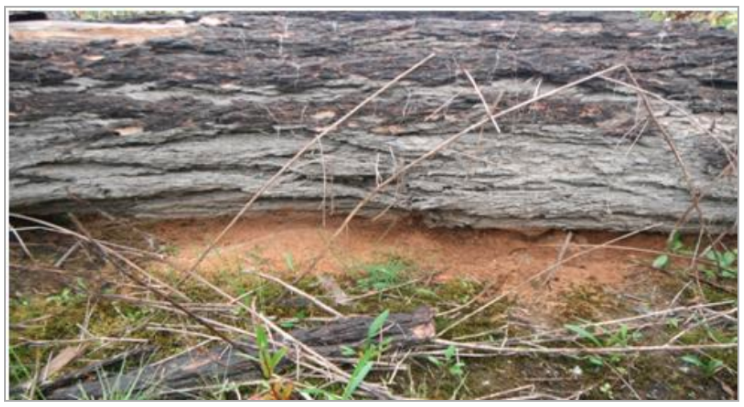While surveying islands in the Chilko-Chilcotin river I discovered something unexpected in the dead trees which help form the islands. The wood was left by the river, but the logs I noticed were not in the water, they were at least partially on land. Under each of the silvery logs were large piles of sawdust. When I investigated further I discovered the logs were all home to carpenter ants! Every island we visited with early successional vegetation had carpenter ants nesting in the land logs. This made me wonder if by hollowing out logs for their nests, the ants are providing additional organic material for soil formation on these recently developed islands. This is might be an important contribution in the early stages as not much vegetation is available for decomposition and soil formation, as the colonizing plants are establishing and stabilizing the islands.
As I kept investigating I realized that on islands with more mature vegetation carpenter ants were largely absent. On these islands, the decomposition of logs seemed to be aided by other organisms such as fungi, due to the moisture content. In a single exception, a lone ant log was laying where vegetation was least dense, and in contrast to the ones on the early successional islands, this one had bark. The remaining logs in the maturing vegetation were in shade of the taller trees and therefore never had the chance to dry out. I considered this might make the logs less suitable for ant nests, possibly being harder to hollow out because the debris the ants created would stick together more. I ran my hypothesis by our "bug guy" Nick. He pointed out that the ants also need warmth to be active and function well and the logs in the early successional vegetation definitely received more warmth through sunlight. So when looking for a place to establish a colony, is the queen ant guided by the heat radiating off white logs glowing in the sun? The importance of ants to island soil formation is a mystery, but I would not be surprised to find their contribution is significant especially on the least mature islands.

